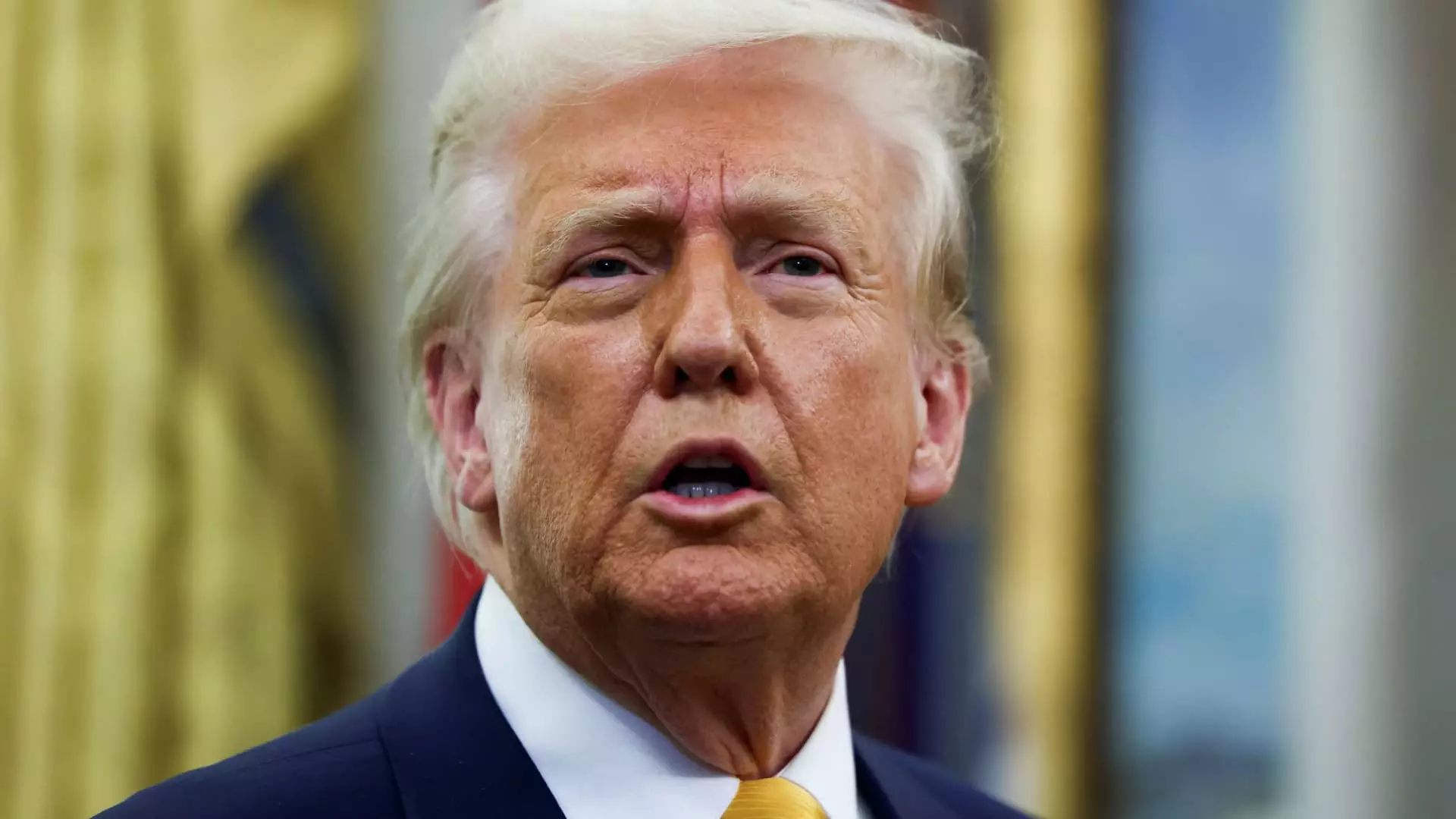In the realm of economics, much like a turbulent ocean, our collective psyche often guides financial tides. On the surface, the recent stock market plunge has been dissected and discussed ad nauseam, yet it seems level-headed interpretations are drowned out by a cacophony of pessimism. While the White House continues to emphasize positivity, insisting that underlying business sentiments are fundamentally sound, the stark reality is that this narrative may be more hopeful projection than robust evidence. There’s a burgeoning question: Can the so-called “animal spirits” of investors truly be separated from tangible economic indicators?
Understanding Animal Spirits
The concept of “animal spirits,” a term coined by economist John Maynard Keynes, suggests that human emotions heavily influence economic decision-making. In simpler terms, fear and optimism can override rational assessments, causing erratic market behaviors. The White House’s recent statements underscore a clear divide between market volatility and corporate optimism. However, framing the stock market’s tumult as merely an emotional reaction dismisses the legitimate concerns fueling investor anxiety. Massive tariffs on imports, particularly involving Canada and Mexico, have thrust uncertainty into the market. Such measures, although temporarily halted, loom large as potential catalysts for inflation and price increases, thereby stressing consumer purchasing power.
Trade Policy Uncertainty
At the heart of this chaotic sell-off lies a perilous trade environment, particularly in light of President Trump’s shifting tariff policies. The re-imposition of significant tariffs, woven with the uncertainty of their duration and applicability, sends shockwaves through investor confidence. The precariousness of international relationships and trade talks leaves many wary, compounded by geopolitical tensions that often ripple across global markets. In essence, it’s not just investor sentiment that is shifting but tangible concerns about profitability and operational feasibility in a convoluted marketplace.
The Human Cost
To complicate matters, the sweeping layoffs spearheaded by Elon Musk, under the guidance of the current administration, add another layer of discontent. The cavalier attitude towards the livelihoods of thousands stirs public unease, thereby contributing to a climate where anxiety is rife. What are the consequences of such drastic measures, beyond just numbers on a trading screen? While corporate efficiencies might yield savings for some investors in the short term, they also ultimately undermine consumer confidence and spending—critical components of a healthy economy.
The Disconnect Between Wall Street and Main Street
There exists an alarming disconnect between Wall Street and Main Street—one that the administration seems to downplay to maintain a coherent narrative. Business leaders may pledge significant investments, and glowing statements may surface from the likes of Apple and Eli Lilly. However, these proclamations ring hollow if the workforce remains unsettled and consumers choke under rising costs. The allegorical cheers from corporate boardrooms do little to address the urgent concerns weighing heavily on everyday citizens, especially in an economy where wage growth struggles to keep pace with inflation.
The Role of Leadership
One cannot help but scrutinize the role of leadership amidst these fluctuating tides. The current administration’s ambiguous stance regarding fiscal policy, coupled with inconsistent messages regarding tariffs, may lead many to question the underlying integrity of the growth narrative being projected. The arrogance of claiming continual economic prosperity, given the fluctuating realities, borders on disingenuousness. Market resilience relies not solely on cash flow from large corporations but on the collective optimism of consumers and small businesses—the bedrock of any thriving economy.
The Reality Check We Need
In a time when maintaining a façade of economic stability proves challenging, it is vital that we confront the existing realities rather than blindly celebrating alleged successes. A comprehensive understanding of the potential ramifications stemming from trade policies, corporate actions, and consumer sentiments offers a clearer picture of what’s truly at stake. As investors retreat from a reckless euphoria to a more cautious stance, the political and economic narrative must evolve to meet the complexity of a multifaceted world. Only by facing these uncomfortable truths can we hope to foster a resilient economic environment that resonates with actual growth rather than mere illusion.


Leave a Reply